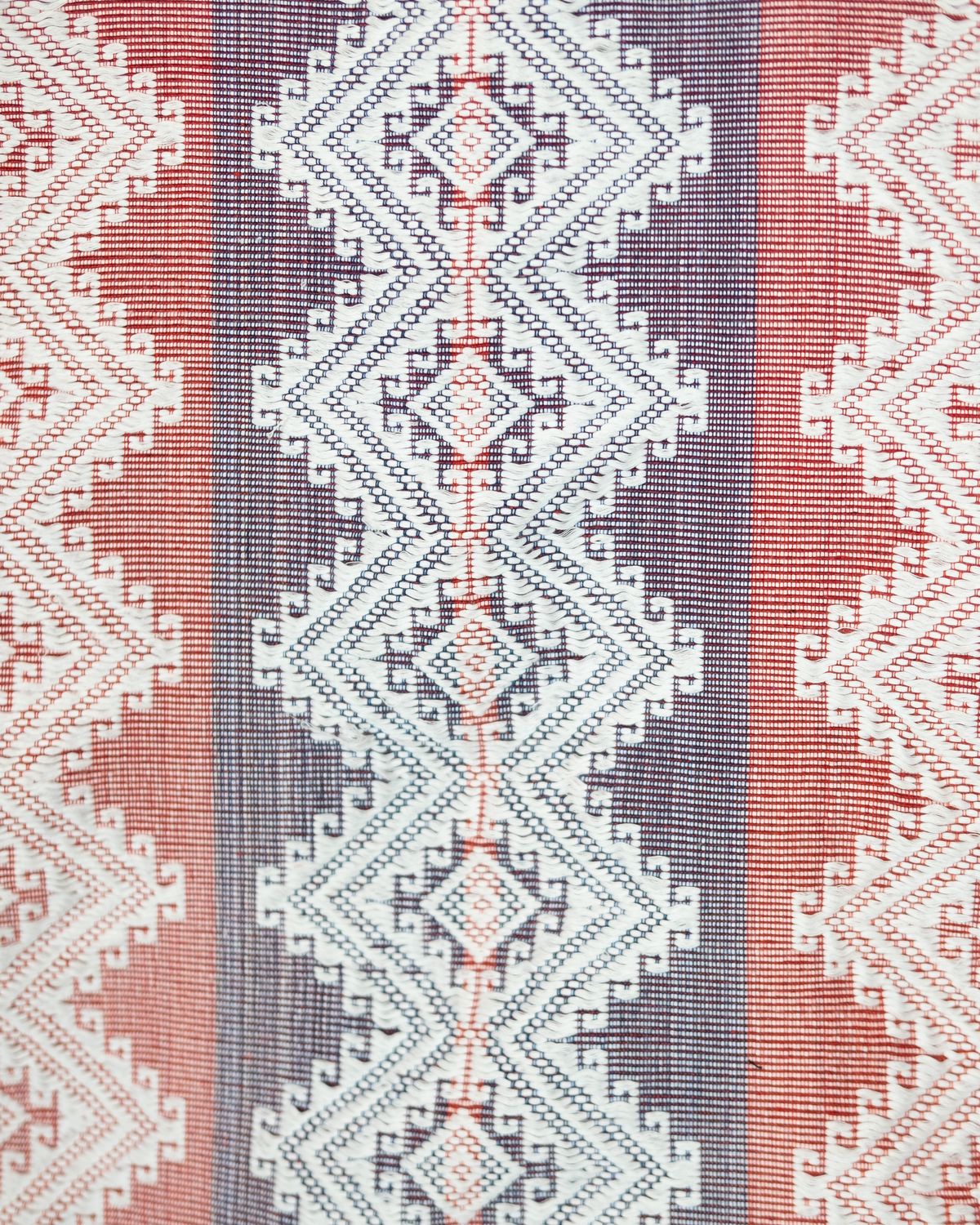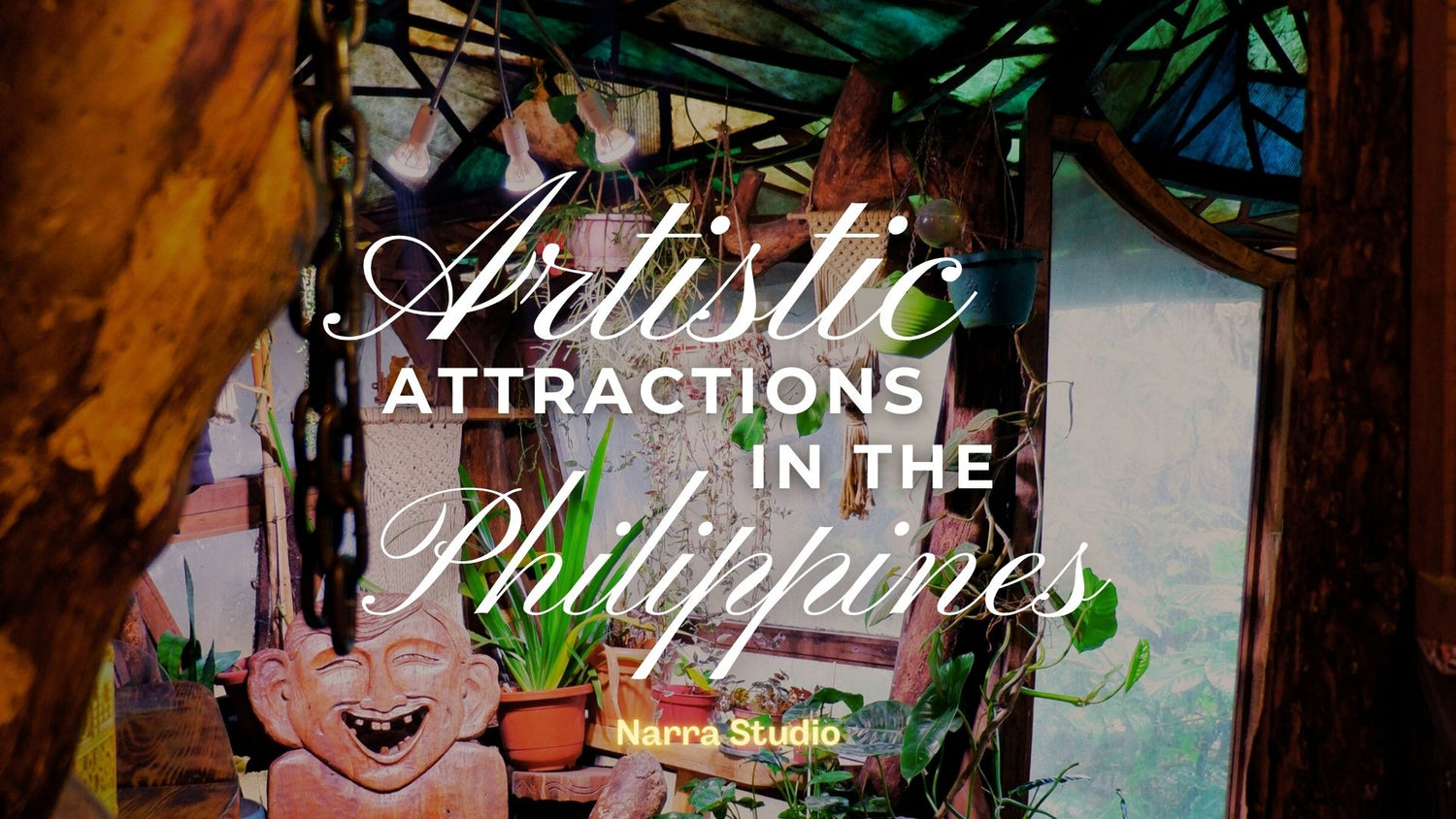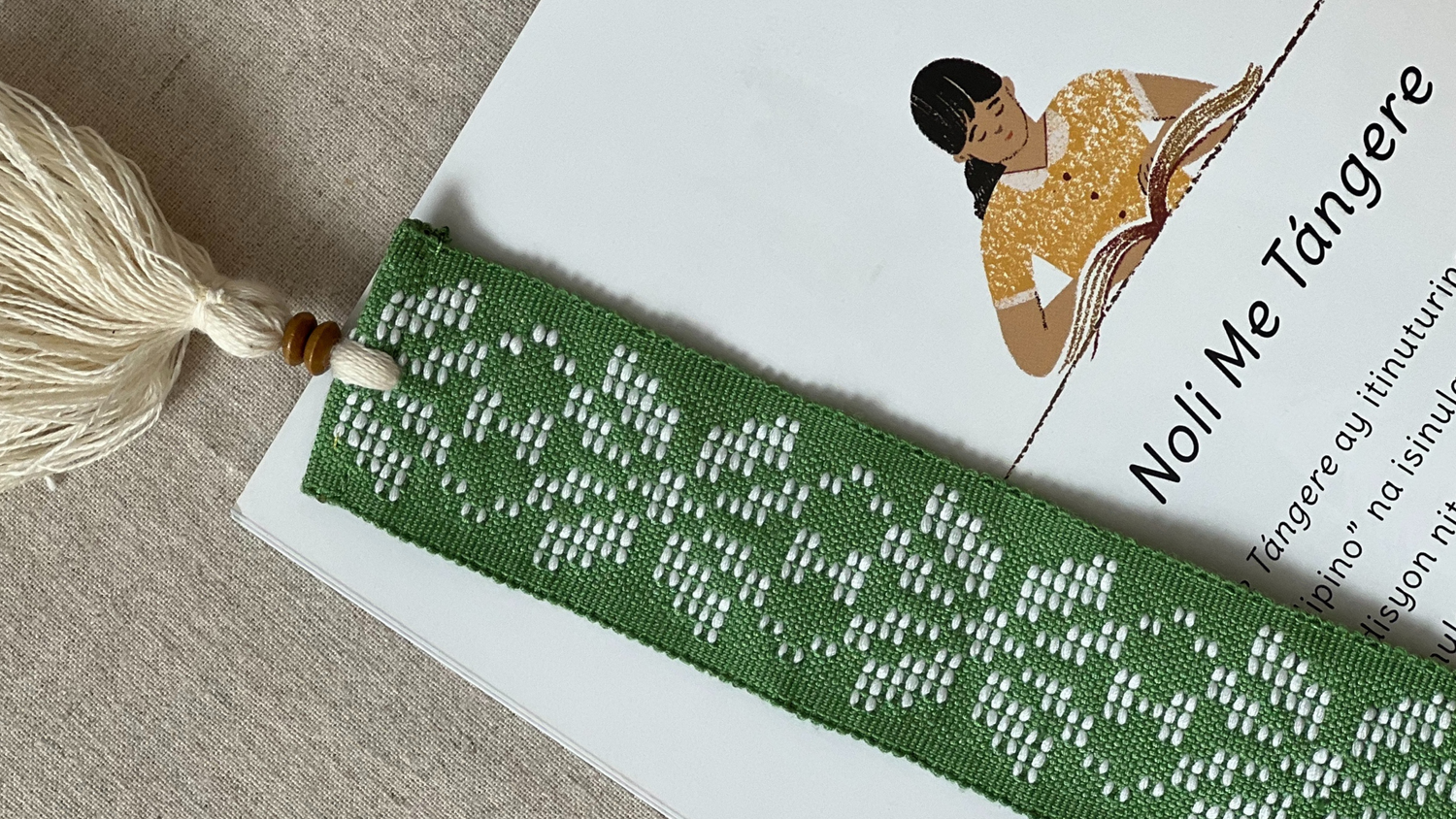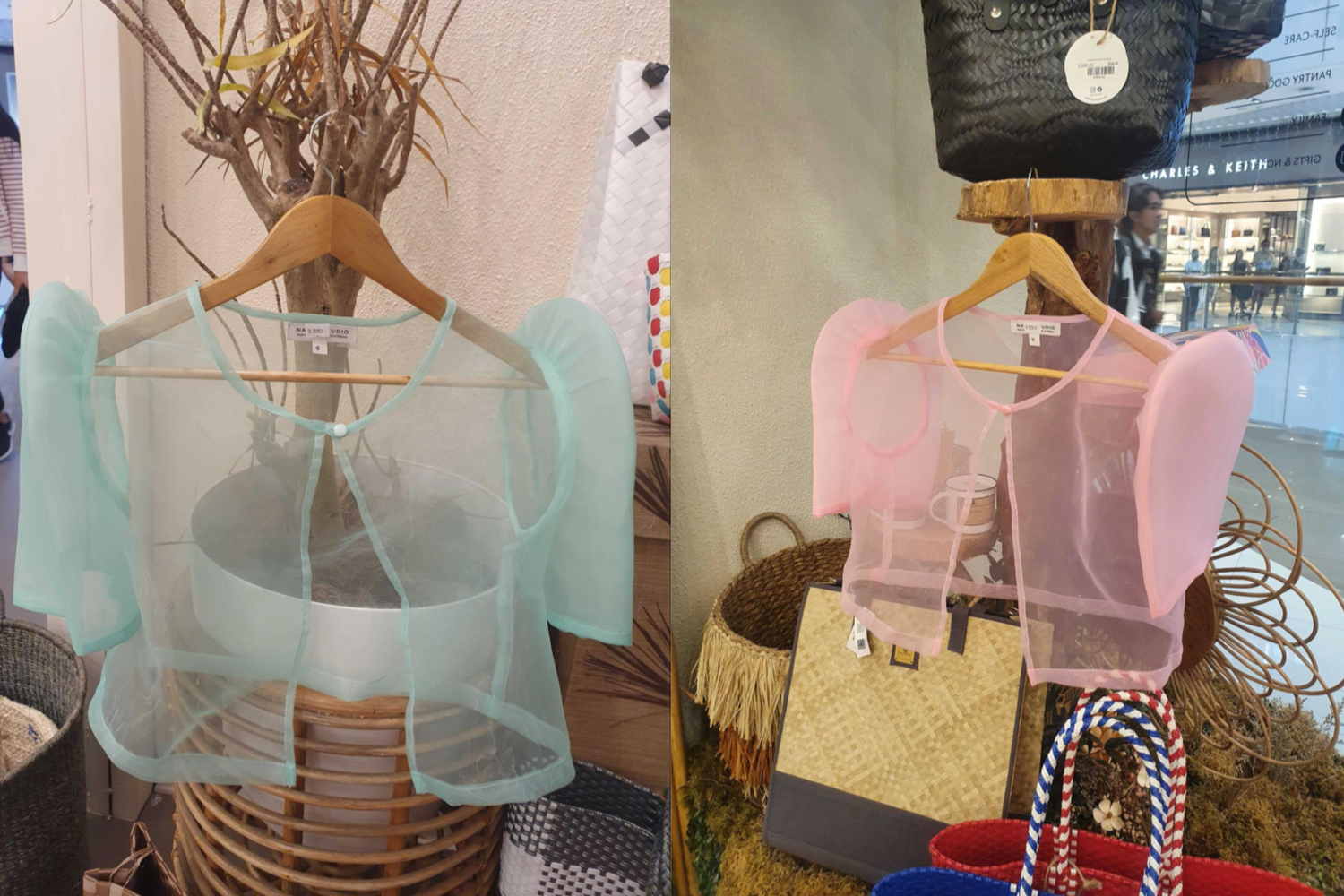By Mara Fabella
For many, the new year signals one of the most important unions of the celestial and the earthly. A renewed cycle of the Earth coincides with renewed spiritual energy for people ready to start the year. The idea of this cosmic intersection between heavenly and earthly is one that dates back centuries in Southeast Asian art. Numbers, shapes, and symbols brought together in geometric form held deep meaning. Our own modern distinctions between craft and sacred symbolism may not have been so bounded in ancient communities. Evidence of this is strongly manifested in Philippine textile traditions. In earlier Philippine societies, this was manifested heavily in textiles by weavers who represented these beliefs was through a sacred geometry.
Geometry isn’t a subject one would immediately associate with the spiritual. The Filipino weavers of centuries ago didn’t practice the geometry taught in schools today as we know it, but they still abided by its universal principles found in nature. The fundamental unit of a woven fabric is a basic geometric shape – the square. These woven square grids are formed on a loom when vertical fibers, called the warp, meet horizontal fibers called the weft. Thus the square forms the foundation of all woven textiles from any weaving community, just as it does multiple geometric shapes. This repeating architecture of the square creates the canvas upon which an incredible array of patterns can begin to emerge.

Yakan Seputangan headscarf by Evelynda Otong and Tuwas Yakan Weavers, 2019.
But beyond squares and right angles, this joining of warp and weft also represents the deeper union of heavens and earth. Many Southeast Asian cultures view man as the link or the intermediary between these two realms. In the geometric shapes formed by the warp and the weft, man can be seen as the weft fiber, bisecting the warp into an upper and lower plane – Heaven and Earth, respectively.
 Ilocano symbols of people, kutsara, and rivers woven on an blanket by Manang Agosto
Ilocano symbols of people, kutsara, and rivers woven on an blanket by Manang Agosto
The circle is one of the most common basic shapes found in weaving patterns. It is believed to signify unity, order, and the universe itself. Circles can also represent celestial bodies or forces of nature. The Bagobo tangkulo, or headscarf, features a circular pattern called bulan-bulan, which symbolizes the moon. The inabel of Ilocos and Abra features the kusikus, a simple square grid designed to resemble swirling, circular whirlpool vortices.
 Kusikus Pattern on Inabel
Kusikus Pattern on Inabel
When overlapped with other circles, the circle can form the basis of infinitely intricate patterns. Three circles merge to form a triangle. Triangular and diamond shapes are common in the t'nalak of the Tboli. Six circles overlap to form a hexagonal structure known in certain philosophies as the six-fold pattern of creation. Some belief systems regard six as the perfect number and the number of Heaven itself. The radial patterns formed by overlapping circles and squares or diamonds shape the geometric blueprints of many textile and craft patterns.

Silambituwon star figures composed of six radiating triangles and diamond center. Woven in Mabilong, Kalinga.
Certain woven designs rely on linear geometrical patterns, like the textiles of the Kalinga that bear accurately measured horizontal woven bands as well as zigzagging patterns. Meanwhile, the more decorative garments of Mindanao employ more curvilinear geometry in patterns known as okir. The Tausug of the Sulu archipelago use a vegetal motif called the lukis kayapo, or lotus flower, on their delicate sashes. The lukis kayapo seems purely decorative, but upon closer inspection, adheres to a very intricate symmetrical grid. The malong of the Maranao employs both linear and biomorphic geometry in its many forms, showing just how varied a role geometry plays in the weaving of all manner of different textiles.
 Tausug Pis circa late 19th to early 20th century, Metropolitan Museum of Art.
Tausug Pis circa late 19th to early 20th century, Metropolitan Museum of Art.
The geometry of Philippine textiles is remarkably precise and complex. Geometry is part of the rich weaving process that encompasses what was indicative for these communities of a much deeper spiritual experience. The many garments, textiles, and crafts available here at NARRA are a testament to how indigenous Filipino weavers were not just skilled artisans, but keen mathematicians as well. Like each single point in geometry forms bigger lines and shapes, each woven unit of fabric ultimately forms a part of the larger historical and spiritual tapestry of Southeast Asia.
ADDITIONAL READING AND RESOURCES:
Habi Book 1 - A Journey Through Philippine Handwoven Textiles
Habi Book 3 - Weaving Ways: Filipino Style and Technique
Ayala Museum Virtual Visit: Art & the Order of Nature in Indigenous Philippine Textiles





